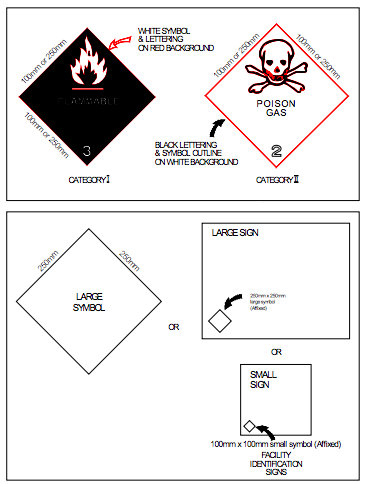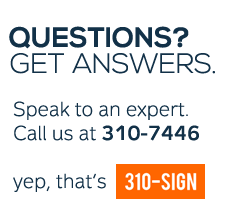

Alberta Energy Regulator is an independent, quasi-judicial agency of the Government of Alberta.
AER regulates the safe, responsible, and efficient development of Alberta's energy resources: oil, natural gas, oil sands, coal, and pipelines.
Saskatchewan OIL AND GAS CONSERVATION, 2012 O-2 REG 6 The Oil and Gas Conservation Regulations
2012 being Chapter O-2 Reg 6 (effective April 1, 2012) as amended by Saskatchewan Regulations 70/2013
Guide to prominently display at the wellsite conspicuous signage identifying license & operator information together. Applicable to all well site, wells and facilities, LPG facilities and oil loading/unloading terminals as if they are facilities in accordance to OGCR 6.020.
(1) During drilling operations, the licensee shall post and keep prominently displayed at the well site a duplicate of the licence for the well, together with a duplicate of any amendment thereof.
(2) This section applies to all wells and facilities and to LPG facilities and oil loading and unloading terminals as if they were facilities.
(3) The licensee of a well shall identify a well and the operator of a facility shall identify a facility by the use of a conspicuous sign erected at the primary entrance to the well or facility that indicates.
(4) Subsection (3) does not apply to a licensee of a well during drilling and initial completion operations.
(5) A licensee or operator shall maintain a sign that is erected pursuant to subsection (3) in a manner that is satisfactory to the Board.
(6) An operator who operates more than one facility at one location may erect one sign to identify all of the facilities at that location.
(7) A licensee who drills more than one well from one surface location shall identify the bottom hole location of each well on a sign affixed to the wellhead.
(8) The licensee of a well or the operator of a facility shall post one of the following categories of warning symbol:
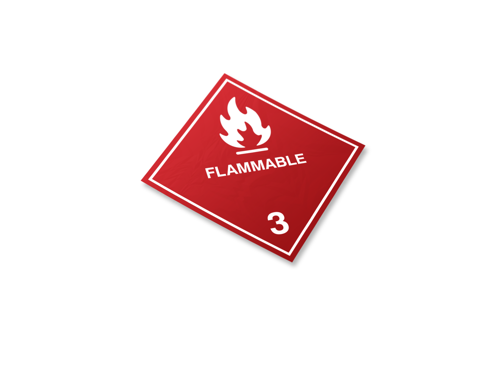
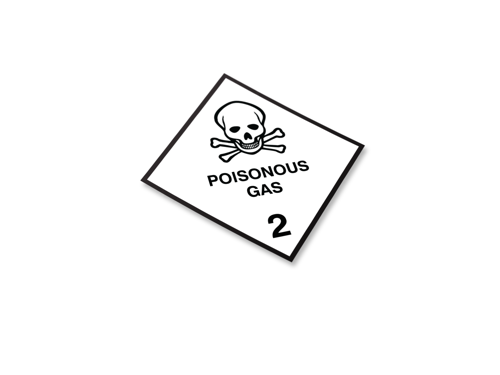
(9) A Category II warning symbol shall be used in the following cases:
(10) Warning symbols must be of the size, design and color shown in Schedule 12.
(11) Warning symbols shall be posted adjacent to all entrances to the developed area of wells and facilities or, for wells and facilities that have no access roads or developed areas, warning symbols shall be posted at the wellhead or facility.
(12) A warning symbol may be posted on a sign that is erected at the primary entrance to a well or facility pursuant to subsection (3).
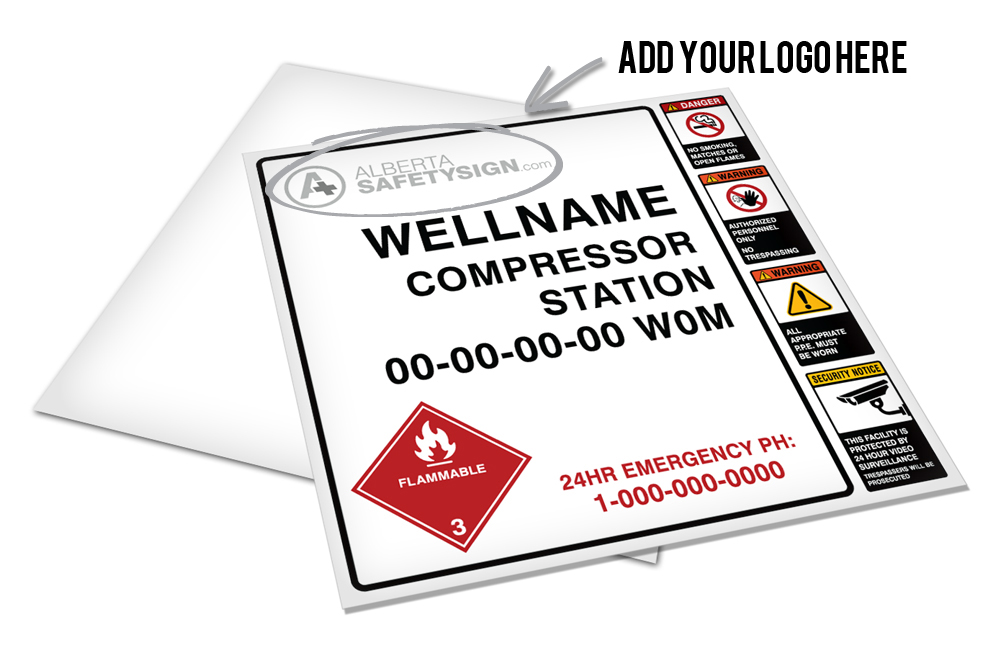
(13) No licensee or operator may:
Purpose. The purpose of this standard is to establish specification objectives for performance of the safety signs and labels, on or around well sites, facilities & pipelines during construction, maintenance, operations, installation and associated activities of Alberta's energy resources.
+ Learn more about Alberta Pipeline Labeling & Utility Signage Standards.
Sign maintenance is an on-going task which should be reviewed regularly to prevent & repair deficiencies. Common issues to watch for when maintaining your regulated signage include:
Determining the safe viewing distance of a signage & labeling depends upon many factors, including: Lighting, background, letter type and visual acuity.
The complexity of the message, the reaction time necessary, and the angle the sign will be seen from. In many situations it is better to use multiple safety signs that are strategically positioned instead of one large one which contains multiple messages.
Many times letter size may need to be larger than the values shown on the graphic for a variety of reasons:
* Minimum safe viewing distance refers to the closest distance a person can be to the label/sign and still have time to follow the safety message to avoid and/or react to the hazard.
| Minimum Safe Viewing Distance | Minimum Letter height for Favorable reading conditions | Recommended Letter height for Favorable reading conditions |
| 1 ft or less* | 0.8" / 8 points | 0.8" / 8 points |
| 2 ft | 0.10" / 10 points | 0.16" / 16 points |
| 3 ft | 0.12" / 12 points | 0.19" / 19 points |
| 4 ft | 0.14" / 14 points | 0.22" / 22 points |
| 5 ft | 0.16" / 16 points | 0.25" / 25 points |
| 6 ft | 0.18" / 18 points | 0.28" / 28 points |
| 7 ft | 0.20" / 20 points | 0.31" / 31 points |
| 8 ft | 0.22" / 22 points | 0.34" / 34 points |
It is well recognized that in many instances, well designed and properly placed safety labels & signage can increase operator and maintenance personnel awareness of the inherent hazards involved when working.
When installing signs we recommend to keep in mind the following criteria:
